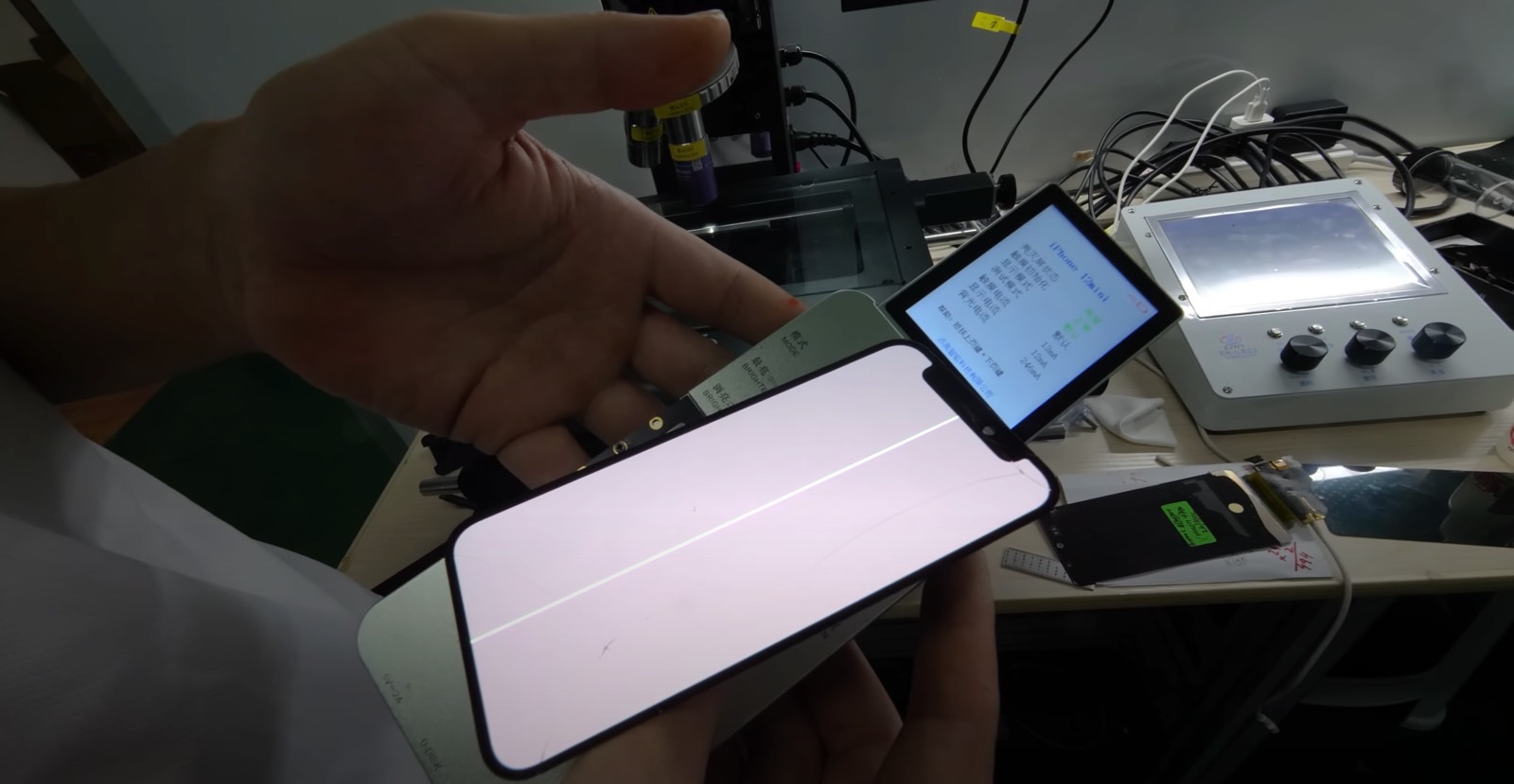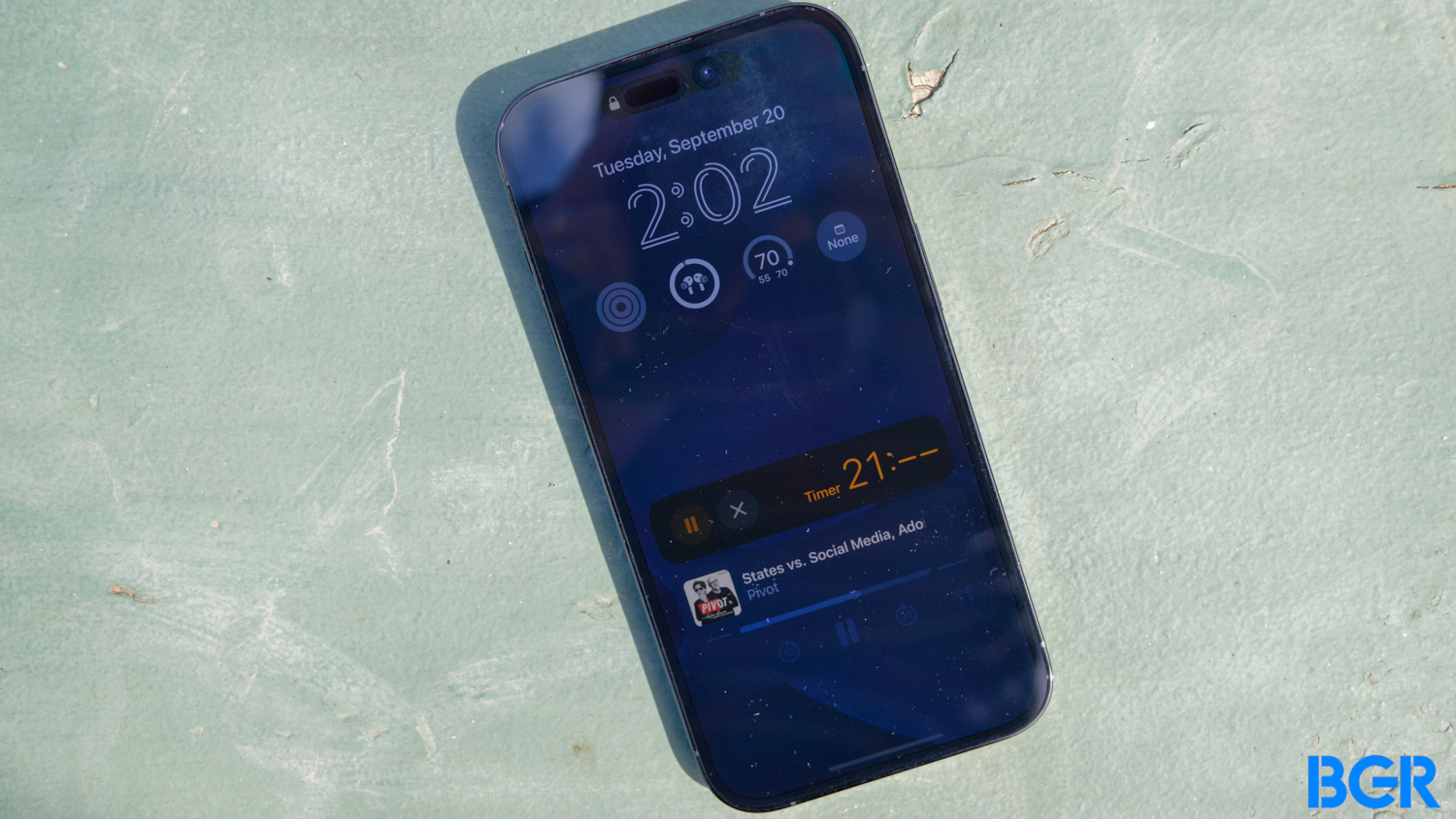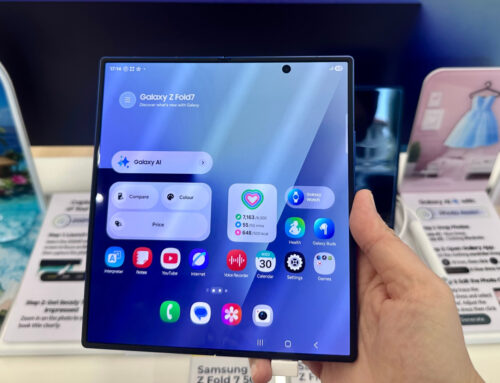One of my biggest iPhone worries is breaking the display. That’s why I still use iPhone screen protectors and cases. But in the near future, smartphone repair shops might be able to fix certain screen issues without removing the display or even turning it off. It’s all possible thanks to laser technology that’s already being used to manufacture OLED panels for mobile devices.
Tech. Entertainment. Science. Your inbox.
Sign up for the most interesting tech & entertainment news out there.
By signing up, I agree to the Terms of Use and have reviewed the Privacy Notice.
The iPhone display is pretty durable as it is, but accidents can happen. And I wouldn’t want to use a handset with a broken or malfunctioning screen. Some people do, but I can’t see myself living with a broken display. That’s why I’d hate for anything to happen to the screen.
It’s not just about the cost of repairing a display, which goes up to $329 without AppleCare+ — that’s about a third of what my iPhone 14 Pro costs. It’s also the hassle of getting the screen replaced. That means backing up the phone and wiping the data before handing it in. You also might have to rely on a backup device until the screen replacement is done.
And no, I absolutely won’t repair my iPhone myself.
That’s where the laser-based OLED screen machinery you’re about to see in the video at the end of the post can come in handy. It can fix lines that appear on an OLED screen, which is a very specific type of screen issue that can impact OLED devices. It’s also a problem that might otherwise require a complete screen replacement.
You’d probably need a new display to fix the issue, which would be an expensive fix, regardless if it’s iPhone or an Android device.

The laser machinery can remove the lines by fixing the invisible traces inside the OLED panel and restoring the flow of electricity. It’s apparently based on laser machines that display makers use to manufacture OLED panels like the ones Apple uses for the iPhone.
The machine can perform the repair without removing the display and without turning the screen off. That way, the person fixing the screen will know immediately whether they’ve been able to retrace those tiny pathways.
The process seems fast and could lead to significantly cheaper screen repair jobs. Most people might not have to get new screes, and shops could increase the number of repair jobs done per day.
The laser-based OLED repair fix isn’t perfect. It doesn’t work if the glass covering the OLED Panel is broken. Also, the screen can’t have any water damage.
That said, we routinely see people complaining about lines appearing on their OLED screens. The repair process in the Strange Parts video below is for them. By the way, this is the same YouTuber who added a 3.5mm headphone jack to an iPhone 7, which was the first iPhone to ship without one.
The video explains one of these machines would cost about $12,000. That’s a large investment for any repair shop, but one that could pay for itself.
That said, it’s unclear whether Apple will ever use similar tech in its stores to repair iPhone OLED panels. Or whether Apple would support such repairs from authorized partners. Still, the innovation is exciting nonetheless.
You can check the video below to see how the laser machine can repair OLED panels and flex cables.







